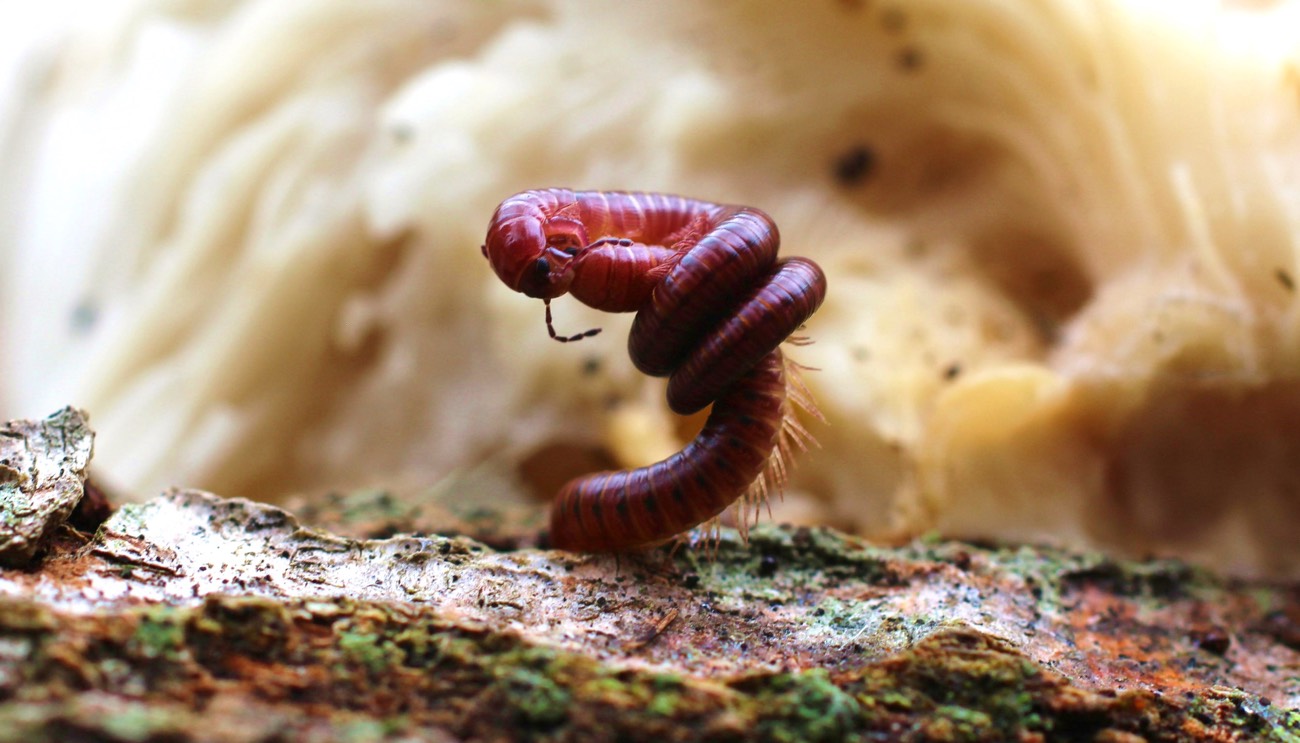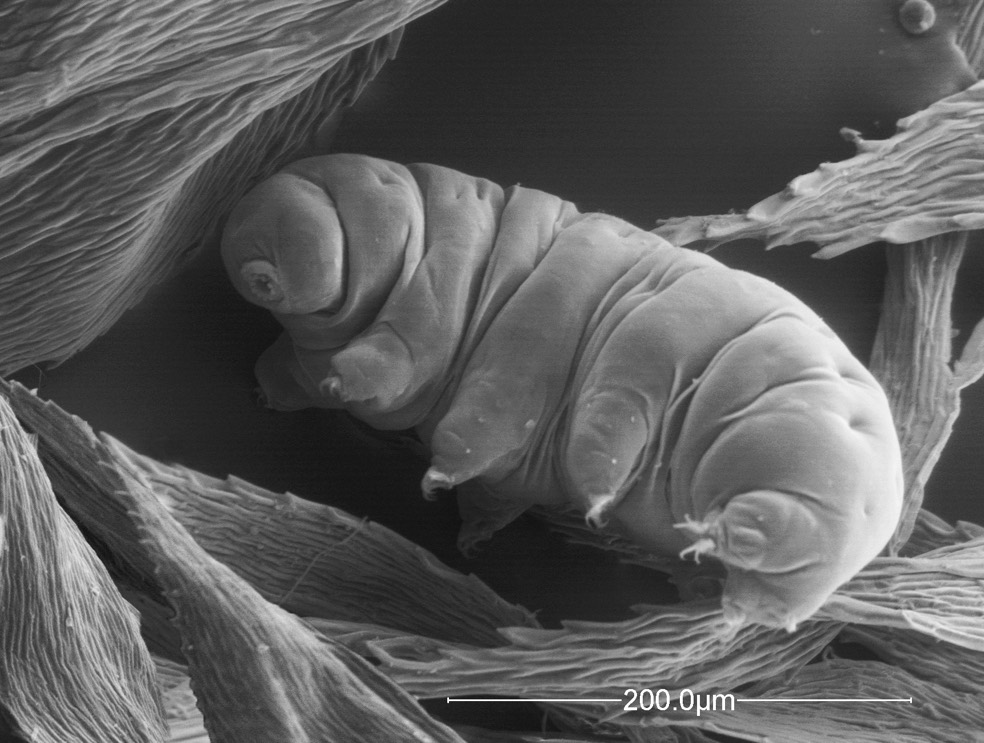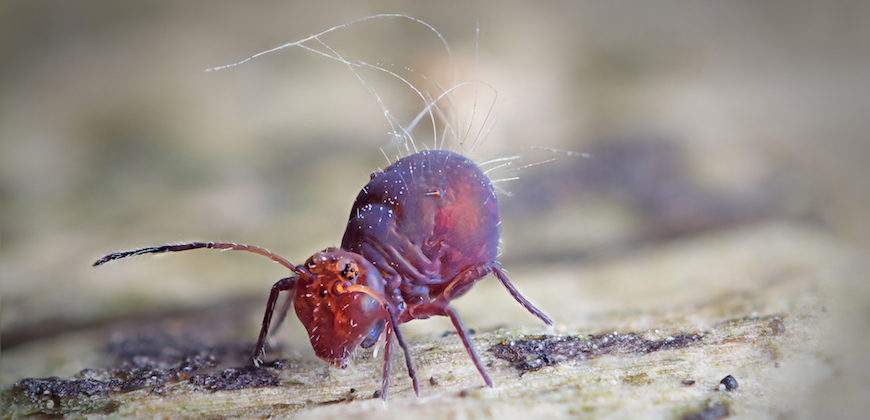Confirmed: The Soil Under Your Feet Is Teeming with Life

What lies beneath? Researchers hardly know.
That's the message of a new atlas describing the biodiversity of soil, to be released tomorrow (May 25) at the United Nations Environmental Assembly in Nairobi, Kenya.
Dirt, the authors say, is remarkably diverse. There are some 30,000 worm species squirming in the soil around the world, and 5 million species of fungi sending out thread-like branches. Soil even has its own microbiome containing at least a million bacterial species.
But scientists have hardly scratched the surface of this subterranean world. Only about a quarter of worm species, 6 percent of fungi and less than 2 percent of soil bacteria have been studied and categorized. [Photos: A Worm with 5 Shape-Shifting Mouths]
The new "Global Soil Biodiversity Atlas," which is available for download at the EU bookshop, rounds up the knowledge researchers do have into one spot.

"For the first time, this atlas compiles our current global knowledge of the diversity below our feet from many, many disciplines about an underappreciated natural resource: soil and its biodiversity," Diana Wall, a professor of biology and the chair of the Global Soil Biodiversity Initiative, said in a statement.
The atlas includes contributions, including photos, from more than 120 experts in 29 different countries. The organisms depicted range from the tiny (bacteria, unicellular protists) to the merely small (insects, springtails) to the relatively large (earthworms, moles). There are images of mushrooms in bright red, yellow and purple — and even some bioluminescent species.
Sign up for the Live Science daily newsletter now
Get the world’s most fascinating discoveries delivered straight to your inbox.
The atlas also covers the interaction of people and soil, including a study of New York's Central Park that finds nearly as much diversity in that urban green space's soil as in any soil around the world. "Even an urban, managed system contains large amounts of undescribed soil biodiversity," the authors wrote.
Another chapter focuses on the services that soils provide, such as supplying food and fiber, storing and filtering water, and even providing a historical record of what came before, in the form of archaeological preservation. But, the researchers added, there are threats to soil and its unexplored biodiversity: pollution, overgrazing, erosion and acid rain, to name a few.

The goal of the atlas is to help scientists and policymakers focus on gaps in knowledge and solutions to these problems, the researchers said.
"If, globally and nationally, we're going to tackle the major challenges we face in the next century, soils are going to be part of the solution," Elizabeth Bach, a soil microbial ecologist at Colorado State University, said in the statement.
Follow Stephanie Pappas on Twitter and Google+. Follow us @livescience, Facebook & Google+. Original article on Live Science.

Stephanie Pappas is a contributing writer for Live Science, covering topics ranging from geoscience to archaeology to the human brain and behavior. She was previously a senior writer for Live Science but is now a freelancer based in Denver, Colorado, and regularly contributes to Scientific American and The Monitor, the monthly magazine of the American Psychological Association. Stephanie received a bachelor's degree in psychology from the University of South Carolina and a graduate certificate in science communication from the University of California, Santa Cruz.









